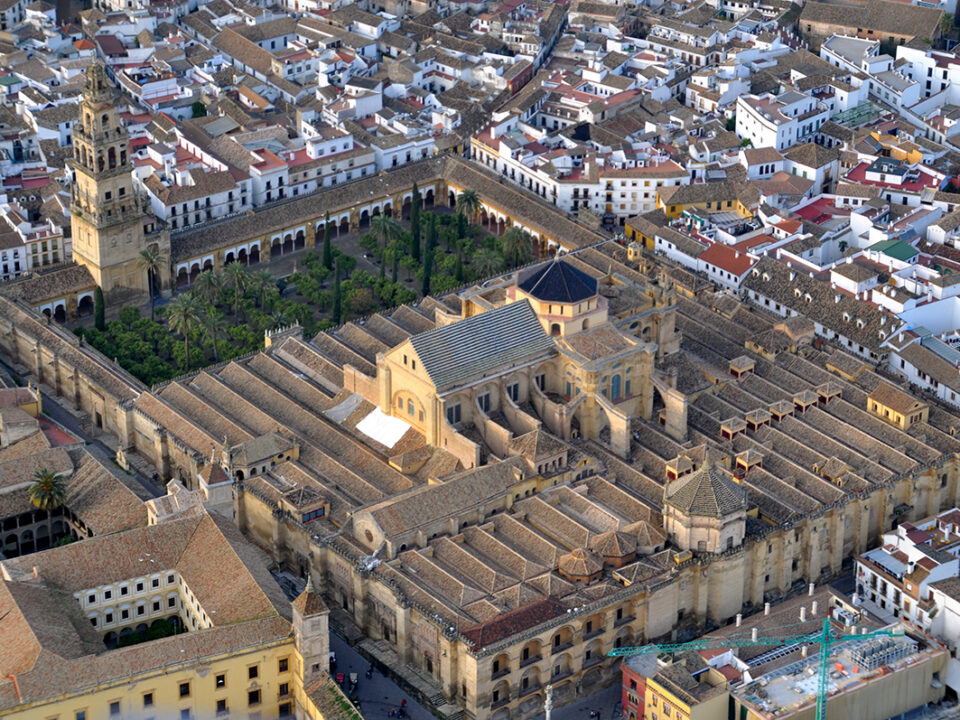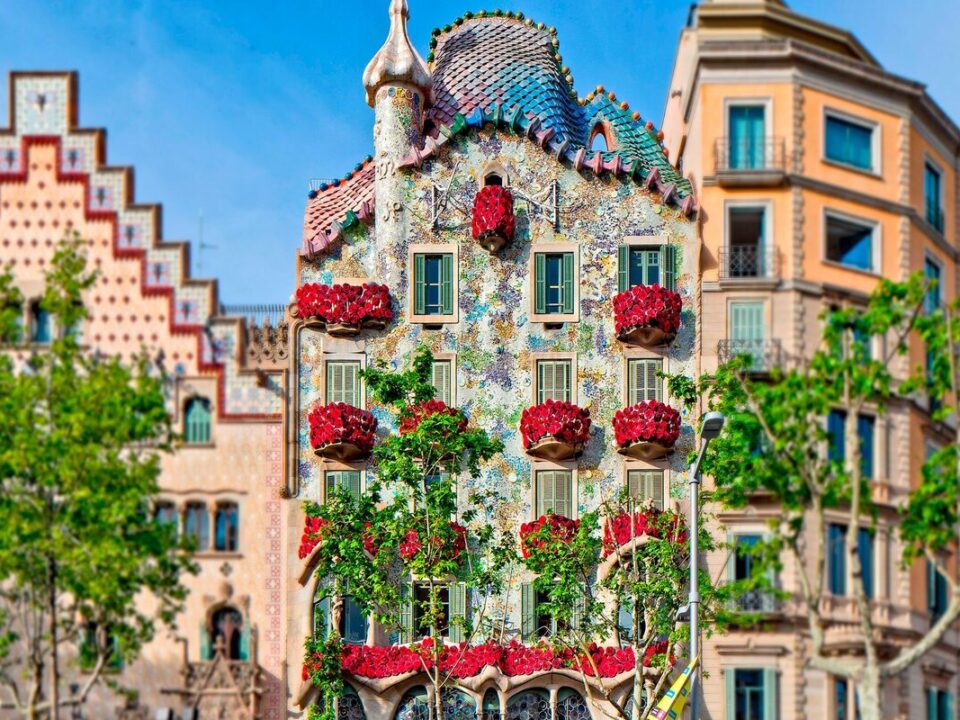Exploring the Guggenheim Museum: A Masterpiece of Modern Architecture in Bilbao, Spain
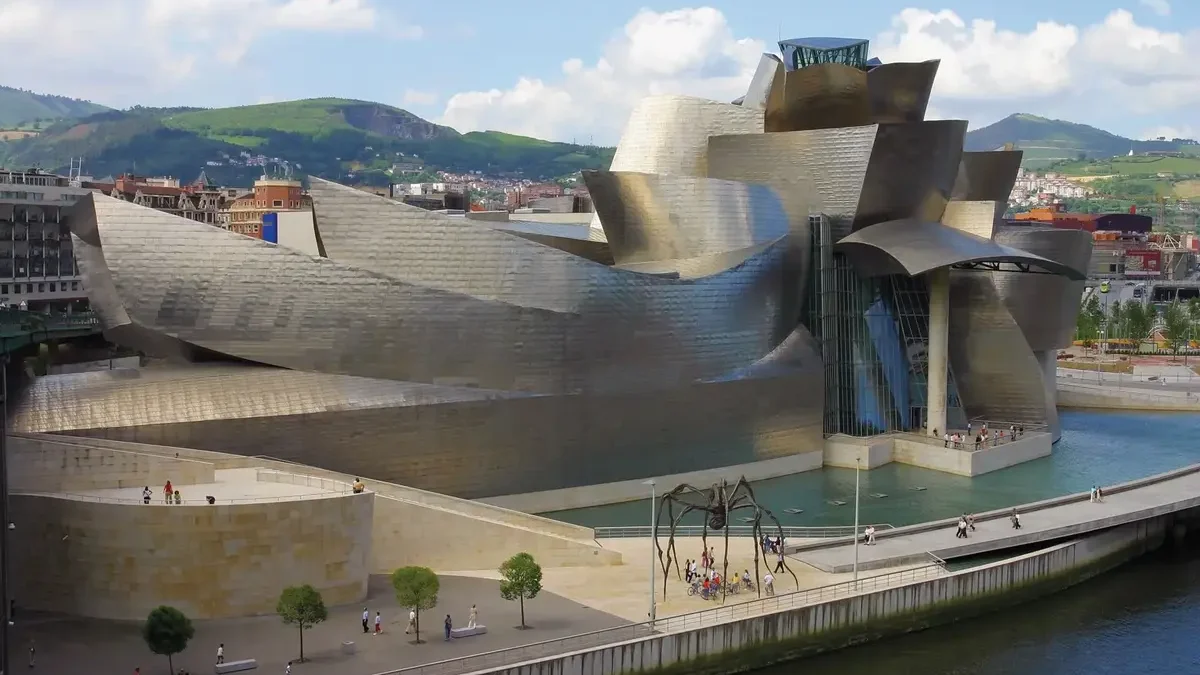
Exploring the Guggenheim Museum: A Masterpiece of Modern Architecture in Bilbao, Spain
Exploring the Guggenheim Museum: A Masterpiece of Modern Architecture in Bilbao, Spain
The Guggenheim Museum in Bilbao, Spain, is not only a repository of modern and contemporary art but also an architectural landmark that has transformed the city since its inauguration in 1997. Designed by the renowned architect Frank Gehry, the museum is celebrated for its innovative design and its role in revitalizing Bilbao’s post-industrial landscape. This comprehensive guide offers an in-depth look at the Guggenheim Museum, including its architecture, collections, and the impact it has had on the cultural and economic life of Bilbao.

Architectural Significance
Design and Construction
Frank Gehry’s design of the Guggenheim Museum is a groundbreaking feat of architecture. The building’s dynamic, sculptural form remarkably contrasts with the urban environment and the natural landscape. Constructed using glass, titanium, and limestone, the structure is designed to catch light and change appearance with the weather and time of day, giving the museum an ever-evolving facade that dazzles visitors and passersby alike.
Innovative Techniques
Gehry utilized advanced software, originally developed for the aerospace industry, to create the museum’s complex design. This pioneering use of CATIA (Computer-Aided Three-dimensional Interactive Application) allowed the architect to break away from traditional forms and embrace the irregular, curvilinear shapes that have made the museum iconic.
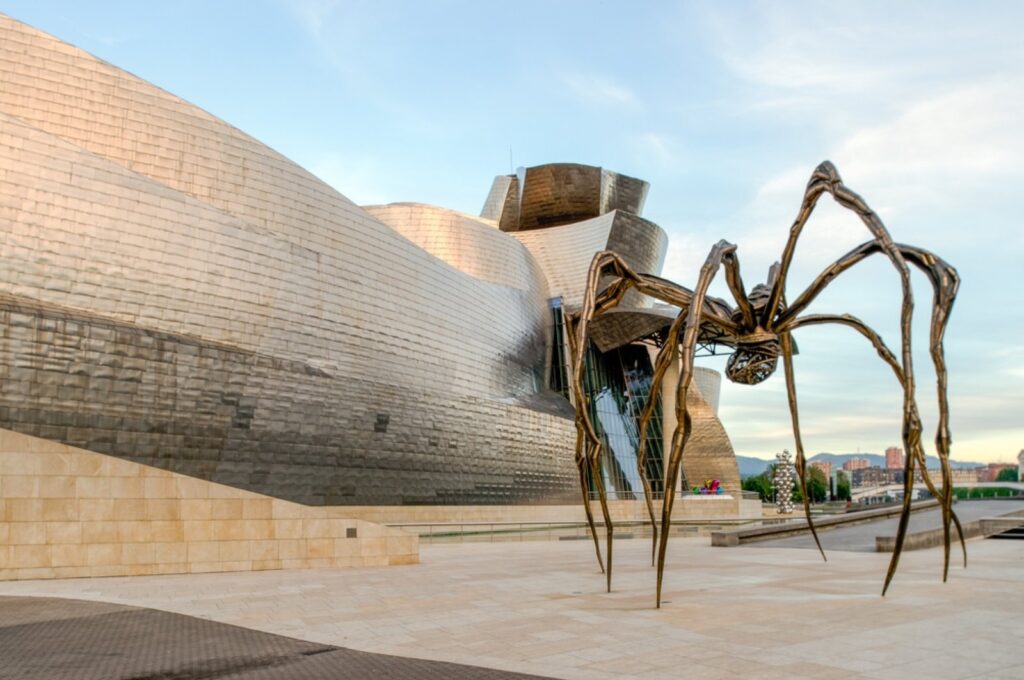
Collections and Exhibitions
Permanent Collections
The Guggenheim Museum Bilbao houses a permanent collection of modern and contemporary art, focusing on works from the mid-20th century to the present. The collection includes significant works by artists such as Mark Rothko, Willem de Kooning, and Jeff Koons. Additionally, the museum showcases masterpieces by Spanish and Basque artists, linking the global collection to local cultural heritage.
Rotating Exhibitions
Beyond its permanent collection, the Guggenheim Museum Bilbao is known for hosting ambitious temporary exhibitions that span a wide range of themes and media. These exhibitions often explore the intersections of art with technology, environmental issues, and cultural identity, making the museum a dynamic space for contemporary cultural discourse.
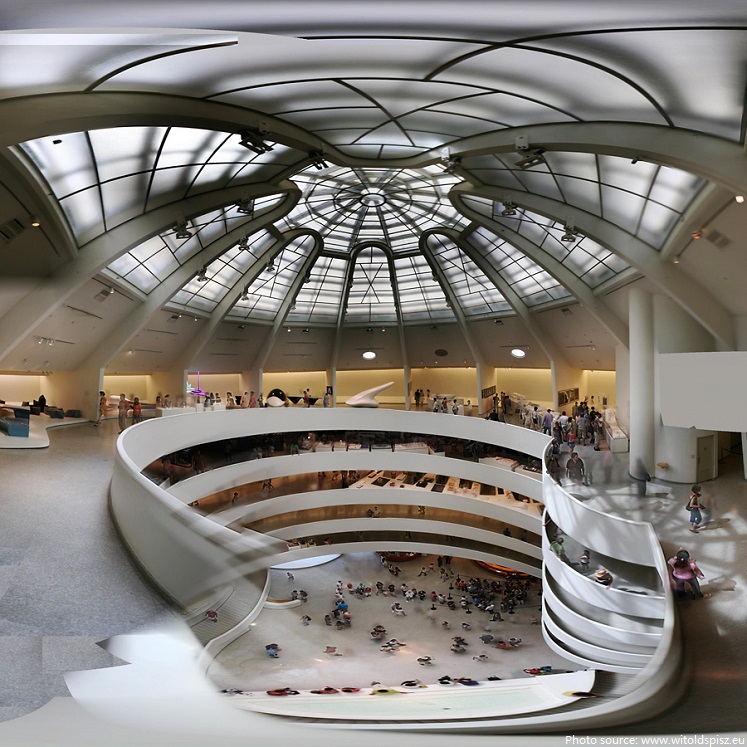
Impact on Bilbao
Cultural Renaissance
The Guggenheim Museum has played a pivotal role in the cultural renaissance of Bilbao. Prior to the museum’s construction, Bilbao was primarily an industrial city with little attraction for international tourists. The museum has not only boosted the city’s cultural offerings but also elevated its global profile.
Economic Revitalization
Often cited as a textbook example of the “Bilbao Effect,” the museum has significantly impacted the local economy by attracting millions of visitors annually, which has spurred growth in tourism and related sectors. This phenomenon has been studied by urban planners and economists worldwide as a model of how art and architecture can stimulate urban regeneration.
Visiting the Museum
Planning Your Visit
To get the most out of your visit to the Guggenheim Museum Bilbao, it’s advisable to plan ahead. The museum offers guided tours that provide deeper insight into the architecture and exhibitions. Audio guides are also available for those who prefer a self-guided experience.
Events and Programs
The museum hosts a variety of educational programs and cultural events throughout the year, including lectures, workshops, and live performances. These programs are designed to engage the community and enhance visitors’ understanding of contemporary art.
Nearby Attractions
The museum is located along the Nervión River, close to other cultural attractions in Bilbao, such as the Museum of Fine Arts and the Maritime Museum. The area around the museum is also home to a number of excellent dining options, from traditional Basque restaurants to modern cafes.
Conclusion
The Guggenheim Museum Bilbao is more than just a museum; it is a symbol of transformation and a beacon of modern architecture. Its collections and exhibitions offer a thought-provoking glimpse into contemporary art, while its stunning design continues to inspire architects and artists around the world. For anyone visiting Spain, a trip to the Guggenheim Museum Bilbao is a must, providing a unique blend of artistic innovation and architectural brilliance that stands as a testament to the transformative power of art.

